What is Radon and Why Should You Test for it?
Radon is a naturally occurring radioactive gas. It’s colorless, odorless, and inert - meaning that it isn’t chemically reactive. Given that it can be found in our atmosphere in trace amounts, you may be wondering why it’s a problem. Well, when it’s outdoors, it’s fine - there isn’t a concentration that is sufficient to cause you any real damage. Indoors on the other hand, it can build up to levels that are dangerous to human health. And according to the EPA, radon is the second leading cause of lung cancer in the United States.
Where does radon come from?
Radon is a natural by-product that comes from the breakdown of uranium in the rocks and soils below our home (otherwise known as ‘radioactive decay’. It then rises up through cracks in the foundation and other openings in a home. Poor ventilation (or great insulation, depending on your perspective) can then cause it to become trapped in a home, leading to long term exposure.
How do I test for radon?
Radon levels can fluctuate over time, so it’s important to get any prospective home tested for radon before you complete the sale. Radon testing can be done quickly and easily at your home inspection. At home DIY test kits do also exist, but they don’t offer the level of accuracy - or the possibility of remediation - that comes with a professional test. The pros will also know how to best carry out the test (ie: where to conduct it) and how to interpret the results so you can be completely sure that your home is safe.
What happens if my home has high levels of radon?
Thankfully, though radon is quite dangerous (especially over time), remediation of high radon levels is fairly straightforward. There are a number of actions you can take in the case of high radon levels, including:
Installing a soil suction radon reduction system - also known as a vent pipe and fan system. This solution basically just pulls the radon out from underneath your home and vents it outside.
Seal any existing cracks or openings in the foundation of your home.
If you have a basement, create a gas-permeable layer beneath the flooring - which allows the radon to move under your home. This will not work in a home with a crawl space, though.
However, you should be careful not to take any action without speaking to a radon professional first. They can tell you the best solution for your home type and help you to ensure that any modifications made, are made properly.
Radon can sound like an intimidating part of owning a home. However, by taking steps to test for it and make any necessary changes, you can rest easy knowing that your home is safe for you and your family.
Got questions about radon? Write to me directly at ryan@redstarhomeinspections.com


